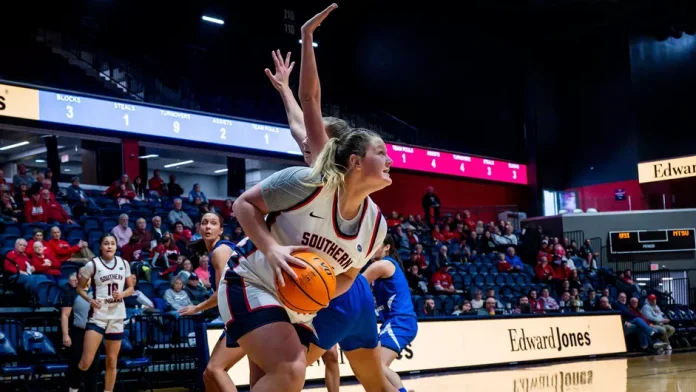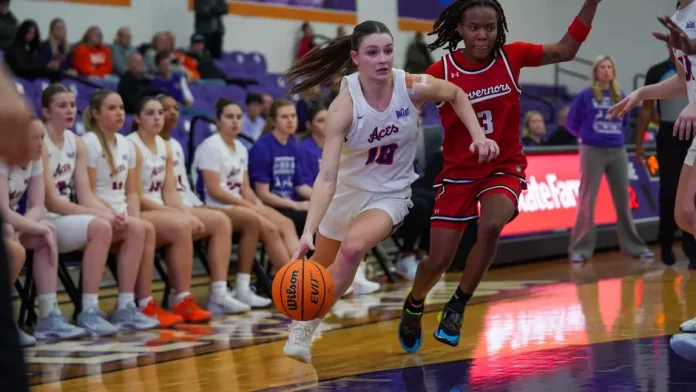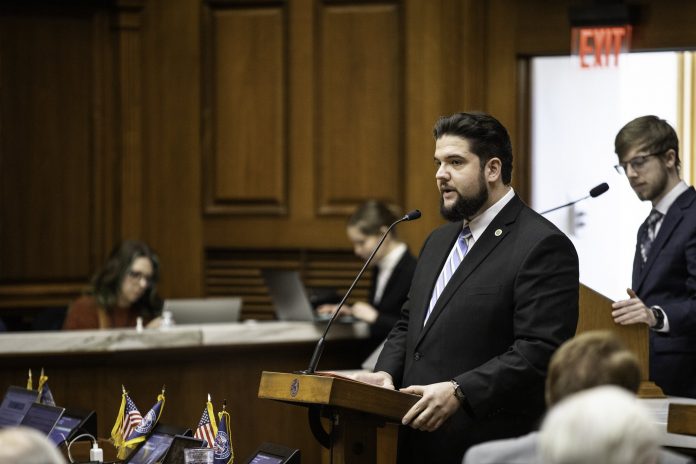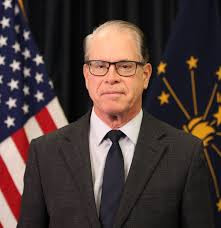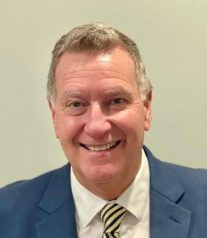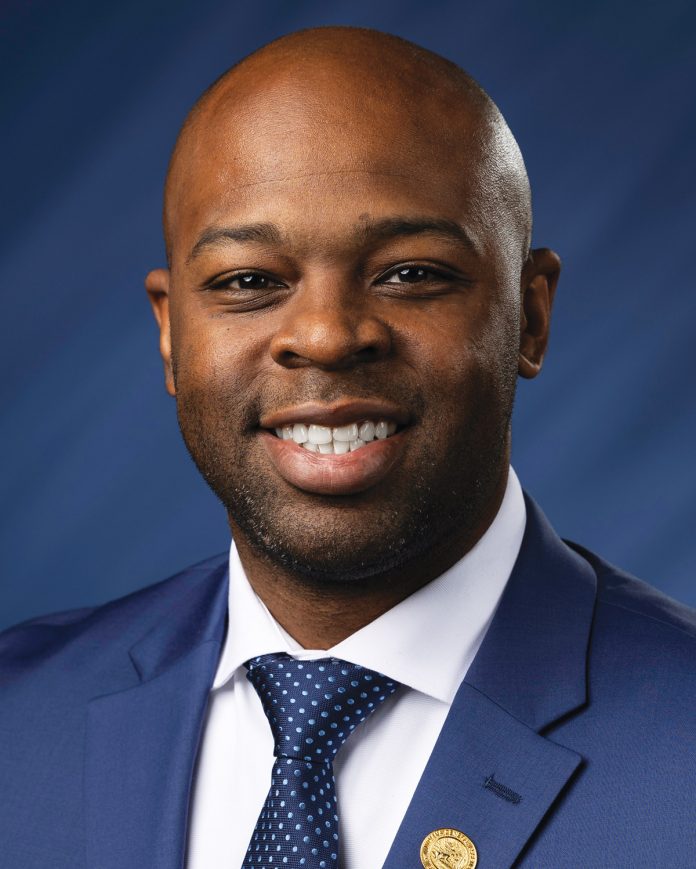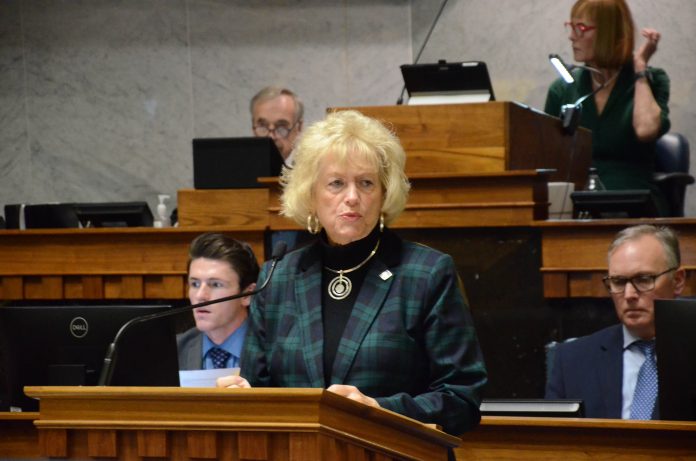DRAFT AGENDA
Vanderburgh County Board of Commissioners
December 16, 2025 – 9:30 a.m.
Room 301, Civic Center Complex
1. Call to Order
2. Attendance
3. Pledge of Allegiance
4. Action Items
A. B. Auditor
1. Torian Insurance: 2026 Property and Casualty Insurance Renewal Presentation
2. 3. Exclusive Agreement for Homestead Audit and Proactive Monitoring
Services with The Exemption Project, Inc. d/b/a Trueroll
Service Agreement with Nyhart Company, Inc.
First Amendment to the Administrative Services Agreement and Adoption
of 457b Deferred Compensation Plan
C. Engineer
1. 2. 3. 4. Notice to Bidders: VC26-01-01 “Milling and Resurfacing of County Roads”
Change Order #1: VC24-12-01 “Nisbet Road Small Structure
Replacement”
Change Order #1: VC25-01-02 “Replacement of Adler Road Bridge #100”
Acceptance of Street Improvements: McCutchan Trace, Section 2
(Corrected)
D. Clerk
1. Collection Agreement with Eagle Accounts Group
E. Computer Services
1. Microsoft Enterprise Agreement Renewal
2. Software Service Agreement with Tyler Technologies, Inc.
F. Health Department
1. Indiana Department of Health (IDOH) Grant Agreement Contract #97197
2. First and Final Reading of Ordinance No. CO. 12-25-022 Amending Health
Department Fees
G. Metropolitan Evansville Transit System (METS)
1. 2026 West USI Connection Subsidized Public Transit Agreement
2. 2026 Elderly and Disabled Transportation Services Agreement
H. Sheriff
1. First Amendment to Agreement with Tri-State Towing and Recovery for
Towing and Storage of Disabled, Abandoned, Wrecked, and Impounded
Vehicles by the Vanderburgh County Sheriff’s Office
I. Superior Court
Drainage Board Immediately Following1. Contract for Professional Services Renewal – Court-Appointed Special
Advocate (CASA)
2. Contract for Professional Services Renewal – Guardianship Services of
Southwestern Indiana, Inc. (GSSWI)
J. Small Business Enterprise Consultant Agreement with Talmadge O. Vick, II d/b/a
Vick Strategic Consulting
K. L. Amendment #1 to Old Courthouse Suite Lease Agreement with Chris Goode
Agreement for Legal Services with David Jones of Dentons Bingham
Greenebaum, LLP
M. Memorandum of Agreement with the Evansville Metropolitan Planning
Organization for the Regional Transit Feasibility Study
N. First Reading of Ordinance CO.V-01-26-001: A Petition to Vacate Easements in
Alexander Estates and Replats of Alexander Estates at 1101, 1114, 1121, 1130,
1131, 1200, 1220, 1230 and 1300 Boulder Pass
O. First Reading of Ordinance CO.V-01-26-002: A Petition to Vacate a 12’ Public
Utility Easement at 8201 and 8211 Blessing Way
P. First Reading of Ordinance CO.V-01-26-003: A Petition to Vacate a Portion of a
Public Utility Easement at 8811 Jenkins Drive
Q. First Reading of Ordinance CO.V-01-26-004: A Petition to Vacate a Public Utility
Easement on Lot 15 in Cambridge Village Subdivision at 19347 Saffron Hill Court
R. Resolution No. CO.R-12-25-013 Approving the Issuance of Refunding Bonds of
the Vanderburgh County Redevelopment District
S. Continuing Disclosure Undertaking Agreement with the Vanderburgh County
Redevelopment Commission
5. Department Head Reports
A. Small Business Enterprise Year-End Report
B. Veterans Coliseum Preservation Foundation Report
6. New Business
A. Extension of 2026 Burdette Park Aquatic Center Season and 2026 Season Passes
Discount through December 23, 2025
7. Old Business
8. Consent Items
A. Approval of November 18, 2025, Board of Commissioners Special Meeting
Minutes
B. Approval of December 2, 2025, Board of Commissioners Meeting Minutes
C. Auditor
1. Claims Voucher Report
i. ii. December 1, 2025 – December 5, 2025
December 8, 2025 – December 12, 2025
D. Assessor
1. Surplus Request
Drainage Board Immediately FollowingE. Clerk
1. F. Commissioners
1. Transfer Request
G. Engineer
1. Report and Claims
H. Treasurer
August, September, and October 2025 Monthly Reports
1. November 2025 Monthly Report
I. Veterans Coliseum Preservation Foundation
1. October 2025 Treasurer’s Report
2. November 2025 Treasurer’s Report
J. Old Courthouse Foundation
1. November 2025 Treasurer’s Report
K. Kraftwerks, Inc. Old Courthouse Craft Show 2025 Financial Report
L. Board Appointments
1. Amy Canterbury
i. Evansville-Vanderburgh County Emergency Management Advisory
Council
ii. iii. Evansville Metropolitan Planning Organization Policy Committee
Evansville Regional Economic Partnership (E-REP) Board of
Directors
iv. Information Technology Advisory Council
2. Justin Elpers
i. ii. iii. Central Dispatch Board of Directors
Commission on Homelessness in Vanderburgh County
Old Courthouse Foundation Board of Directors
3. Mike Goebel
i. ii. Commission on Homelessness in Vanderburgh County
The ARC of Evansville Board of Directors
iii. Veterans Coliseum Preservation Foundation
4. Dan Carwile
i. Human Relations Commission
5. Laura Tomes
i. Evansville-Vanderburgh Commission on Domestic and Sexual
Violence
6. John Stoll
i. Evansville Metropolitan Planning Organization Policy Committee
9. Public Comment
10. Rezonings
A. Final Reading of Rezoning Ordinance VC-10-2025
Petitioner: Daniel McGhee, Jr.
Drainage Board Immediately FollowingAddress: 4900 Daylight Drive
Request: Change from C-4 to R-2
B. Final Reading of Rezoning Ordinance VC-11-2025
Petitioner: Gene and Jeanne Pfeiffer Family Trust
Address: Parts of S Eickhoff Road, 49 S Roesner Road, and 323 S Roesner Road
Request: Change from C-2 & C-4 w/UDC to R-3 w/UDC & C-2 w/UDC to C-4
w/UDC
C. First Reading of Rezoning Ordinance VC-1-2026
Petitioner: Sharismar Martinez Garcia
Address: 5800 Kansas Road
Request: Change from Ag to M-2 with UDC
11. Adjournment
12. Members of the Vanderburgh County Board of Commissioners
i. Justin Elpers, President – District 2
a. Term: January 1, 2023 – December 31, 2026
ii. Amy Canterbury, Vice President – District 3
a. Term: January 1, 2025 – December 31, 2028
iii. Mike Goebel, Member – District 1
a. Term: January 1, 2025 – December 31, 2028
Drainage Board Immediately Following



